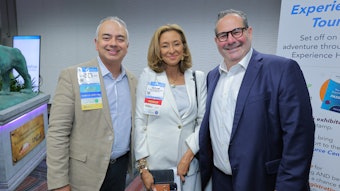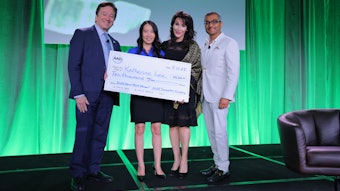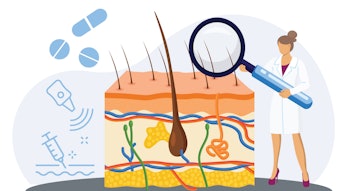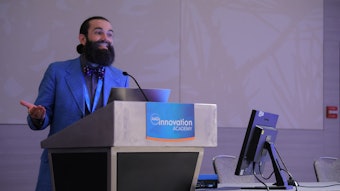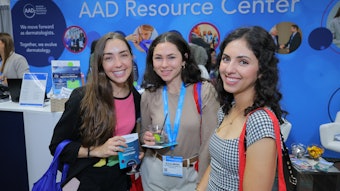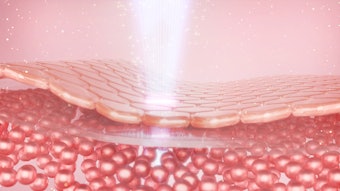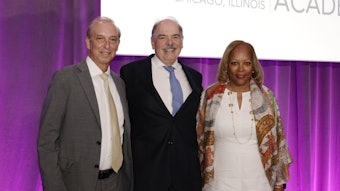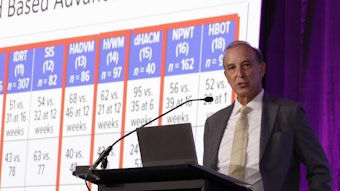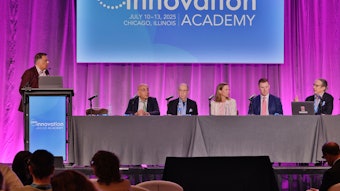Therapeutics and diagnostics take center stage
Can expanded testing yield more information?
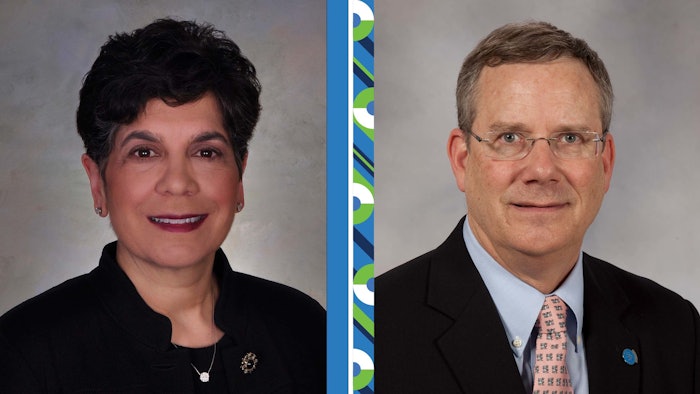
S063 – Therapeutic and Diagnostic Pearls
Date: Tuesday, March 29 | 10:15 – 12:15 p.m.
Room: Ballroom West
Contact dermatitis is a common condition, but could expanded patch testing provide more clues for detection and treatment? What are the latest methods for preventing unnecessary inflammation when performing field treatment for actinic keratoses?
These and other questions will be answered when several experts present updated information during the Tuesday, March 28 session, S063 – Therapeutic and Diagnostic Pearls.
Following up on patch testing
Christen Mowad, MD, FAAD, director of the Contact and Occupational Dermatitis Clinic at Geisinger Medical Center in Danville, Pennsylvania, said patch testing can be useful in detecting and uncovering more about contact dermatitis, including allergens. However, dermatologists need more education to evaluate the results.
“The detective work and follow-up education are integral parts of the patch testing process,” Dr. Mowad said. “Expanded testing more fully evaluates the patient’s allergens. Smaller testing series can miss allergens.”
According to Dr. Mowad, that education involves the use of the Contact Allergen Management Program, or CAMP, database.
“Education is needed as multisyllabic allergens are often difficult to remember or recognize in products,” she said. “So, knowing what products are safe by using the CAMP database is very helpful for the patient in understanding what they can or cannot use.”
Advances in field treatment for actinic keratoses
Session director Robert Brodell, MD, FAAD, professor of pathology and chair of the Dermatology Department at the University of Mississippi Medical Center in Jackson, will share the latest methods for preventing unnecessary inflammation when performing field treatment for actinic keratoses. Dr. Brodell said actinic keratoses are composed of rapidly proliferating keratinocytes and that using a 5-flourouricil, 5% cream causes a “thymine-less death” in rapidly proliferating cells.
“It preferentially attacks all of the AKs in a field of sun-damaged skin,” Dr. Brodell said. “But it does not attack normal skin.”
There is one exception, however, in the form of seborrheic dermatitis, which is also associated with rapidly proliferating keratinocytes that are akin to psoriasis. Using a 5-flourourcil cream in this case can cause inflammation in naso-labial folds and other areas affected by seborrheic dermatitis, he said.
In this case, Dr. Brodell suggests pre-treating the seborrheic dermatitis with ketoconazole 2% cream or other topical anti-pityrosporon agents.
“This will avoid misdiagnosis of allergic contact or irritant dermatitis and prevent unnecessary inflammation including redness, soreness, and erosion,” he said. “It will also increase compliance with 5-flourourcil.”
The session will feature more pearls, including suturing tips for commonly performed excisions, management tips for wounds close to bone or cartilage (with a focus on affordable biologic dressings), and inexpensive techniques for the management of granulating wounds. Attendees can also expect discussions in general dermatology, pediatric dermatology, dermatologic surgery, and skin of color.
Other speakers scheduled to speak during the March 29 session include Andrew F. Alexis, MD, FAAD; Christopher J. Arpey, MD, FAAD; and Thy Nhat Huynh, MD, FAAD.
Visit AAD DermWorld Meeting News Central for more articles.
